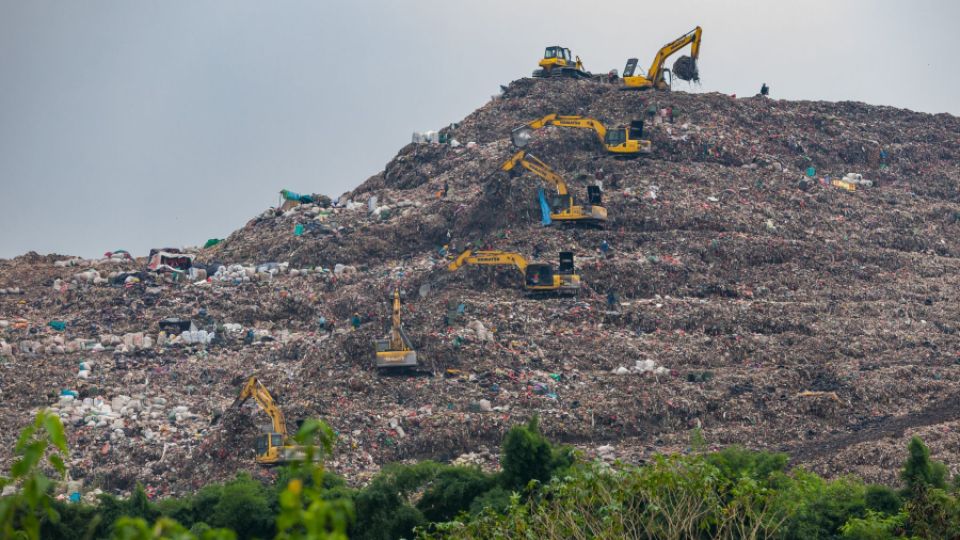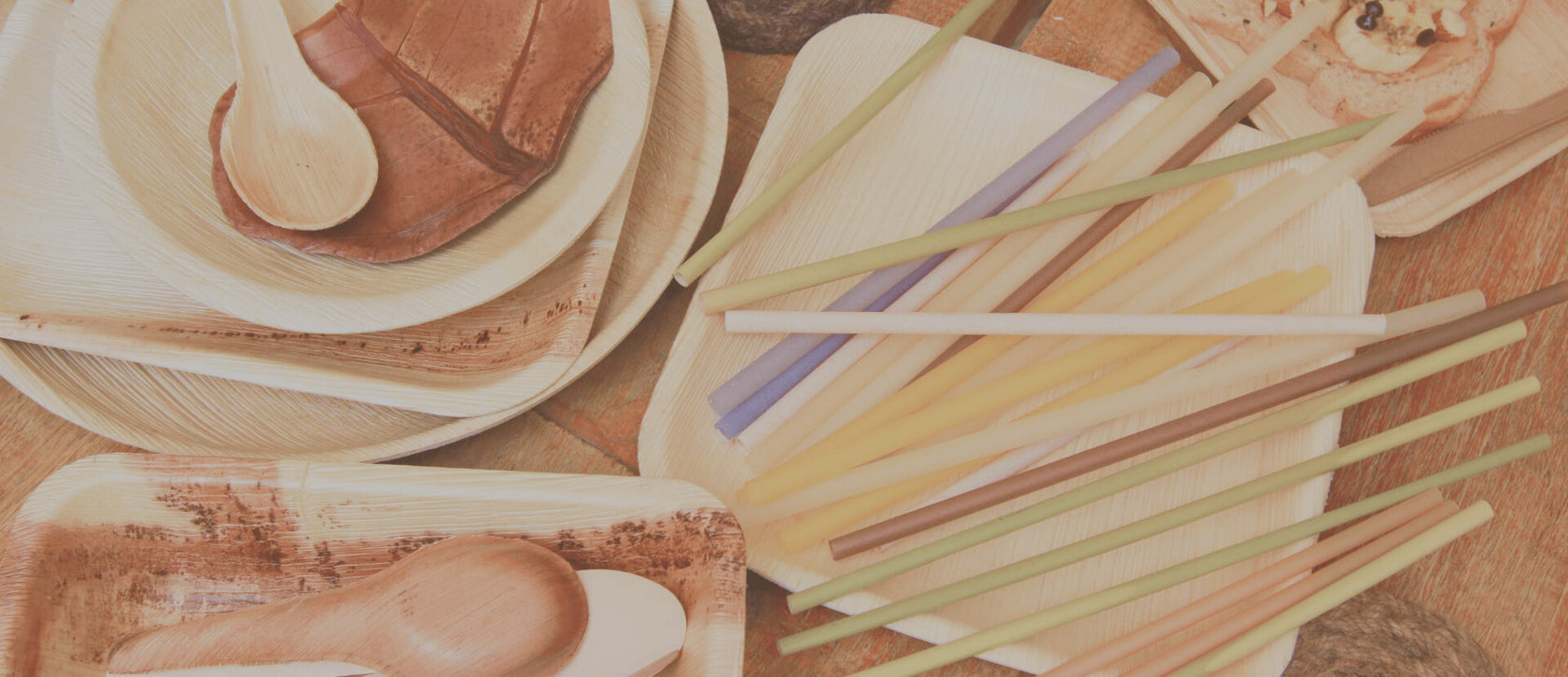Rác thải hiện đang là vấn đề bức xúc của toàn xã hội, gây ô nhiễm môi trường và đe dọa sức khỏe con người. Theo thông tin từ Ngân hàng Thế giới, lượng chất thải rắn đô thị (MSW) hàng năm đã tăng lên 2 tỷ tấn và dự kiến sẽ đạt 3,4 tỷ tấn vào năm 2050. Đây là dấu hiệu cảnh báo nghiêm trọng về vấn đề quản lý chất thải toàn cầu. Vì vậy, thông qua bài viết này, EQUAO mong muốn giới thiệu về nguồn gốc, phân loại và các phương pháp tái chế rác thải, với mong muốn chúng ta có thể cùng nhau nâng cao nhận thức và trách nhiệm trong việc bảo vệ môi trường.
1. Nguồn gốc chất thải
Dựa vào nguồn gốc, rác thải thường được chia thành 3 nhóm chính gồm rác thải công nghiệp, rác thải nông nghiệp và rác thải sinh hoạt của con người.
- Chất thải công nghiệp được phát sinh trong các nhà máy, khu công nghiệp bao gồm các loại như kim loại, nhựa, hóa chất…
- Chất thải nông nghiệp có nguồn gốc từ các hoạt động trồng trọt, chăn nuôi, trong đó có chất thải từ chăn nuôi và cỏ dại.
- Rác thải sinh hoạt được tạo ra bởi các hoạt động hàng ngày của con người, bao gồm rác thải thực phẩm, bao bì và đồ dùng.
Do tính phổ biến và gắn liền với đời sống sinh hoạt của con người nên rác thải sinh hoạt chiếm tỷ lệ lớn nhất, khoảng 60% tổng lượng rác thải toàn cầu. Vì vậy, việc hiểu rõ nguồn gốc là điều quan trọng để mỗi người có thể phân loại rác thải một cách hiệu quả, từ đó giảm thiểu tác động của rác thải đến môi trường.

2. Phân loại chất thải
Chất thải có thể được phân thành 3 loại chính: chất thải hữu cơ, chất thải vô cơ và chất thải có thể tái chế.
- Chất thải hữu cơ là chất thải có nguồn gốc từ thực vật và động vật như thức ăn thừa, cá, thịt, rau quả, lá cây,...
- Chất thải vô cơ bao gồm những vật dụng không thể tái sử dụng hoặc không thể tái chế như đồ cao su, kính vỡ, gỗ, đá, gạch,…
- Chất thải có thể tái chế bao gồm các sản phẩm như chai nhựa, hộp bìa cứng (giấy), vỏ lon nhôm,…
Hiện nay, thói quen bỏ tất cả các loại rác vào một túi đã trở nên phổ biến. Tuy nhiên, những túi rác này thường chứa nhiều loại rác thải khác nhau như thức ăn thừa, lon nước giải khát, vỏ lon thiếc, lọ thủy tinh mà không trải qua bất kỳ biện pháp phân loại nào, từ đó làm giảm khả năng tái chế.
Để giải quyết vấn đề này, quá trình tách nguồn là rất quan trọng. Nếu người dân có thể phân loại rác thải tại nguồn một cách nghiêm ngặt thì quá trình thu gom, xử lý sau đó sẽ trở nên nhanh chóng và dễ dàng hơn. Một phương tiện hữu hiệu để thực hiện quy trình này là sử dụng thùng rác 3 ngăn, tương tự như những gì chúng ta thường thấy ở các khu vực công cộng.

- Lối sống không rác thải là gì? 10 cách để bắt đầu công việc của bạn
- 10 Cách Giảm Rác Thải Nhựa Tại Nhà
- Ủ phân hữu cơ dễ dàng tại nhà: Giải pháp cho chất thải hữu cơ của bạn
- 20+ Ý Tưởng Ống Hút Nhựa Tái Chế: Đơn Giản Và Dễ Thực Hiện
- 8 loại ống hút làm từ thực vật không nhựa và có thể phân hủy sinh học tốt nhất
3. Các biện pháp xử lý và tái chế chất thải
Sau khi phân loại, mỗi loại chất thải sẽ có biện pháp xử lý khác nhau.
3.1. Chất thải hữu cơ
- Đối với rác thải rau củ quả: Phương pháp xử lý rác thải hữu cơ phổ biến nhất là ủ phân. Quá trình này dựa vào sự tương tác của vi sinh vật để phân hủy chất thải hữu cơ, tạo ra phân bón hữu cơ có thể sử dụng cho cây trồng. Phân hữu cơ không chỉ cải thiện chất lượng đất mà còn nâng cao năng suất cây trồng.
- Đối với chất thải từ cá và thịt: Tái chế chất thải thành phân bón, cũng như chất thải từ rau và trái cây, trở nên khó khăn do hàm lượng giàu chất dinh dưỡng và việc xử lý loại chất thải này có thể tạo ra mùi khó chịu. Vì vậy, có thể tận dụng làm thức ăn chăn nuôi và quan trọng nhất là phải chú ý chuẩn bị đủ lượng thức ăn để tránh lãng phí sau mỗi bữa ăn.

3.2. Chất thải vô cơ
Đối với chất thải vô cơ, sau khi phân loại có 2 hình thức xử lý như sau:
- Đốt: Chất thải vô cơ được đốt tại các nhà máy đốt rác thải.
- Bãi chôn lấp: Chất thải vô cơ được xử lý tại các bãi chôn lấp và đương nhiên thời gian cần thiết để chất thải vô cơ phân hủy trong đất là khá lâu.
Cả hai phương pháp xử lý này dù ít hay nhiều vẫn có tác động đến môi trường. Vì vậy, cách tốt nhất để bảo vệ môi trường là mỗi cá nhân phải có ý thức và tạo ra ít chất thải vô cơ hơn.

3.3. Chất thải có thể tái chế
- Đối với rác thải có thể tái chế, bạn có thể tận dụng và biến chúng thành sản phẩm mới.
- Nếu các loại chất thải này không thể tái sử dụng thì cần thu gom, phân loại và xử lý bằng các phương pháp thu hồi nguyên liệu.

Nhìn chung, việc phân loại chất thải tại nguồn là một bước quan trọng trong việc tối ưu hóa quy trình tái chế. Khi rác thải được phân loại đúng cách sẽ được thu gom và xử lý hiệu quả hơn, giúp giảm thiểu ô nhiễm môi trường và bảo tồn tài nguyên thiên nhiên.
Điều quan trọng cần nhớ là mọi hành động, từ phân loại rác tại nguồn đến hỗ trợ tái chế, đều góp phần vào mục tiêu chung là bảo vệ môi trường và xây dựng một tương lai bền vững. Hãy cùng nhau hành động để bảo vệ hành tinh của chúng ta.
Tổng hợp - Bảng so sánh phân loại và xử lý chất thải
|
Tiêu chuẩn |
Chất thải hữu cơ |
Chất thải vô cơ |
Chất thải có thể tái chế |
|
Phân loại |
Thức ăn thừa, cá, thịt, trái cây, rau củ, lá cây… |
Các mặt hàng bị hư hỏng, bát đĩa bằng thủy tinh và gốm sứ, đồ thủy tinh… |
Các loại hộp bìa cứng, vỏ lon soda,… |
|
Sự đối đãi |
Ủ rác thải hữu cơ để sản xuất phân bón |
Đốt, chôn lấp |
Tái chế, thu hồi vật liệu |
Có thể bạn chưa biết - Ống hút EQUAO là Rác thải hữu cơ

Tất cả các sản phẩm ống hút của EQUO đều được làm từ 100% nguyên liệu tự nhiên như gạo, cỏ, mía, bã cà phê, dừa,… Những chiếc ống hút này có thể phân hủy hoàn toàn ngoài môi trường trong vòng 3-6 tháng, không chỉ bảo vệ môi trường mà còn đảm bảo an toàn của người tiêu dùng. Chúng phù hợp với mọi loại đồ uống. EQUAO tự hào cung cấp tất cả các giải pháp này để thay thế ống hút nhựa truyền thống, góp phần giảm lượng rác thải vô cơ, đặc biệt là ống hút nhựa có thể phải mất hàng trăm năm mới phân hủy được.
- Ống hút cỏ : Được làm từ cỏ tự nhiên, mang đến sự lựa chọn thân thiện với môi trường.
- Ống hút gạo : Được sản xuất từ 100% tinh bột gạo và bột sắn, tạo màu bằng nước ép rau và trái cây tự nhiên và có thể phân hủy tại nhà.
- Ống hút trấu cà phê : Được làm từ bã cà phê, 100% không chứa nhựa, có thể phân hủy tại nhà và có mùi thơm thư giãn của cà phê.
- Ống hút sợi mía : Được làm từ sợi mía, chúng có mùi thơm nhẹ, ngọt và đặc tính phân hủy sinh học nên không làm thay đổi hương vị đồ uống của bạn.
- Ống hút dừa : Được sản xuất từ 100% nước dừa lên men nên có độ dẻo cao và không tan trong chất lỏng.
Để biết thêm thông tin chi tiết về các sản phẩm này, bạn có thể truy cập:






